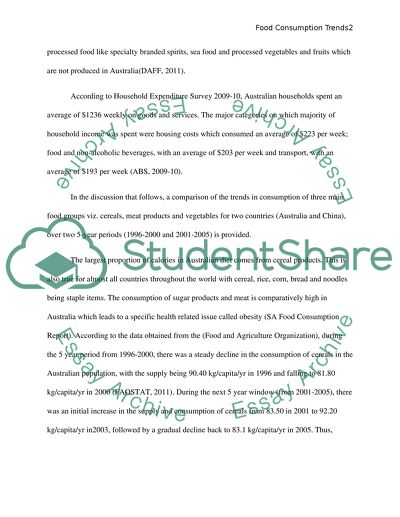Cite this document
(“Ongoing Participation with On Line Postings and Discussion Forum Assignment”, n.d.)
Retrieved from https://studentshare.org/health-sciences-medicine/1431610-ongoing-participation-with-on-line-postings-and
Retrieved from https://studentshare.org/health-sciences-medicine/1431610-ongoing-participation-with-on-line-postings-and
(Ongoing Participation With On Line Postings and Discussion Forum Assignment)
https://studentshare.org/health-sciences-medicine/1431610-ongoing-participation-with-on-line-postings-and.
https://studentshare.org/health-sciences-medicine/1431610-ongoing-participation-with-on-line-postings-and.
“Ongoing Participation With On Line Postings and Discussion Forum Assignment”, n.d. https://studentshare.org/health-sciences-medicine/1431610-ongoing-participation-with-on-line-postings-and.


